Your Step-by-Step Preparation Guide for a Gangnam Nose Job
-in-Gangnam.png)
So, you’re thinking about getting a rhinoplasty in Gangnam. That's a huge, exciting step! Gangnam, Seoul isn't just a song; it's pretty much the world's capital for plastic surgery. The skill level there is just, wow, on another level. But deciding to do it is one thing, and actually *preparing* for a major surgery in another country... that's a whole different ball game. It’s a mix of excitement and, let’s be honest, a ton of nerves.
It can feel overwhelming. You're not just packing for a vacation; you're planning a life-changing medical procedure. Where do you even start? What do you *really* need to do? Don't worry. I’m here to walk you through it, step-by-step. This is your complete guide to preparing for a nose job in Gangnam, making sure you go in feeling confident, safe, and ready for your new look.
Why Gangnam for Your Rhinoplasty, Anyway?
Before we dive into the "how," let's just touch on the "why." Why does everyone flock to this one district in Seoul? It's all about specialization. Gangnam clinics live and breathe aesthetics. Surgeons there often perform *dozens* of rhinoplasties a week, not a month. They've seen every type of nose, every complication, and are masters of techniques that are often years ahead of other places. Plus, the whole infrastructure is built for it—from high-tech clinics to specialized post-op recovery guesthouses. You're going to the source.
Your Step-by-Step Preparation Guide for a Gangnam Nose Job
Okay, let’s get into the details. This is your timeline. Preparation starts *months* before you ever step on a plane.
Step 1: The Deep-Dive Research Phase (3-6+ Months Out)
This is the most critical part. Do not rush this. You are choosing someone to permanently change your face. First, get specific about what you want. "A new nose" isn't enough. Are you looking for augmentation? Reducing a dorsal hump? Alarplasty (nostril reduction)? A full revision? Knowing your goals helps you find a specialist.
Then, start researching surgeons and clinics. This is where it gets tricky. "Best rhinoplasty surgeon in Gangnam" will give you millions of results. Look for:
- Board Certification: Is the surgeon a board-certified plastic surgeon? Look for credentials.
- Specialization: Does this doctor *specialize* in noses? Some clinics are "department stores" (they do everything). You want a boutique, a master craftsman who *only* does noses, or at least focuses heavily on them.
- Before & Afters: Look at their gallery. Do they only show one "type" of nose? Do the "after" photos look natural, or do they all have that same "Gangnam style" slope (unless that's what you want!)? Look for cases similar to yours.
- Reviews: This is tough. Clinic-run forums are biased. Look for independent forums like PurseForum or Reddit (be cautious), and platforms that connect patients with real reviews. This is where a medical tourism facilitator like PlacidWay becomes so valuable, as we vet these clinics for you.
Step 2: The Virtual Consultation Gauntlet (2-4 Months Out)
You can't just fly to Seoul and knock on doors. You need to narrow it down to your top 3-5 clinics and schedule virtual consultations. Most reputable Gangnam clinics offer this, often through email, WhatsApp, or a dedicated coordinator (who usually speaks English).
How to prepare for this:
- Take GOOD Photos: They'll ask for them. Clear, well-lit photos of your face from the front, both sides (profile), and a "worm's eye" view from underneath. No makeup, no filters.
- Write Down Your Questions: Don't freeze up. Have a list. Ask things like:
- "What technique would you use for my nose (open vs. closed)?"
- "What materials would you use (silicone, Gore-Tex, patient's own cartilage)?"
- "Who administers the anesthesia? Is it a board-certified anesthesiologist?" (This is SO important.)
- "What is your revision policy if I'm not happy or have a complication?"
- "Will I be speaking with you, the doctor, again before surgery?"
- Get a Quote: Get a *detailed* quote. Does it include the surgery, anesthesia, post-op checkups, de-swelling treatments, and taxes? Get it all in writing.
Step 3: Booking & Logistics (2-3 Months Out)
Once you've chosen your surgeon (congrats!), it's time to make it real. You'll likely pay a deposit to secure your surgery date. Now the *other* planning begins.
Flights: Book your flights. CRITICAL: You cannot fly for at least 7-10 days *after* your surgery. Most surgeons will want to see you for a final check-up and stitch/cast removal (around day 7) before they clear you to fly. I recommend booking your stay for **at least 14 days**. This gives you time to settle in, have the surgery, and have a full week of initial recovery before that long-haul flight. Flying too soon with all that cabin pressure and swelling is a bad, bad idea.
Accommodation: Don't just book a standard Airbnb or hotel. Look for "post-op recovery guesthouses" in or near Gangnam. These places are *designed* for people like you. They often offer services like pumpkin porridge (a natural de-sweller), transport to/from the clinic, and are quiet, clean, and understand what you're going through. A regular hotel won't have the right pillows or services.
Visa/Travel Docs: Check your country's requirements for entering South Korea. Many countries are visa-free but require a K-ETA (Korea Electronic Travel Authorization). Get this done weeks in advance.
Step 4: Pre-Operative Prep (The Final Month)
This is all about getting your body ready to heal. Your Gangnam clinic will give you a list of "dos and don'ts." Follow it to the letter.
STOP:
- Smoking & Vaping (4-6 weeks before): I'm not playing. Nicotine restricts blood flow and will *destroy* your healing. It can cause tissue death (necrosis). Just stop.
- Alcohol (1-2 weeks before): It thins your blood and causes inflammation.
- Certain Meds & Supplements (2 weeks before): Aspirin, ibuprofen, Advil, vitamin E, fish oil, ginseng... anything that thins the blood. Your clinic will give you the full list. Switch to Tylenol (Acetaminophen) if you need a painkiller.
START:
- Hydrating: Water, water, water. Good hydration is key for healing.
- Eating Healthy: Focus on protein, vitamins, and whole foods. You're building your body's repair-kit.
- Get Pre-Op Clearance: Your clinic in Korea will likely require a basic health check-up and maybe an EKG from your local doctor. Get this done and have the results ready to send them.
Step 5: Pack Like a Post-Op Pro (The Final Week)
You are *not* packing for a fun tourist trip (though you might do some sightseeing at the end!). You are packing for a recovery bubble. Think comfort.
The Must-Haves:
- Button-Up or Zip-Up Shirts: Trust me. You will NOT be able to pull a t-shirt over your head and swollen, tender nose. Pack 7-10 days' worth of PJs, hoodies, and shirts that open in the front.
- Neck Pillow: The kind you use for a plane. You'll need to sleep elevated on your back for *weeks* to control swelling. This is your new best friend.
- Dry Shampoo: You won't be able to properly wash your hair for several days.
- Saline Nasal Spray: Your nose will be stuffed with gauze and then get very crusty. A gentle saline spray is a lifesaver.
- Face Wipes: For "washing" your face, since you can't get your cast wet.
- Q-tips & Hydrogen Peroxide: For gently cleaning incision sites (follow your clinic's instructions).
- Small, Portable Humidifier: Korea, especially in winter, is *very* dry. A dry throat and dry nasal passages are miserable post-op.
- Low-Sodium Snacks: Salt = swelling. Pack some oatmeal packets, low-sodium crackers, or protein bars.
- Your Prescriptions: Both your regular meds AND the ones your home doctor gave you (like antibiotics or pain meds, if they prescribed them).
Step 6: Arrival & The Final Consultation (Day 0-1)
You made it to Seoul! Your clinic or a service like PlacidWay should have arranged an airport pickup. Go to your hotel/guesthouse. Your only job is to settle in, hydrate, and rest.
You will have your *final* in-person consultation with your surgeon, usually the day before your surgery. This is it. This is your last chance to confirm everything. Bring your inspiration photos again. Re-ask your most important questions. They will take your "official" before photos, run any final blood tests, and have you sign the consent forms. You will also likely pay the remaining balance of your surgery.
The night before, you will have to fast. Usually, no food or water after midnight. Yes, you'll be hungry and nervous. It's totally normal. Try to get some sleep.
Navigating Recovery in Gangnam
The surgery itself is just one day. The *real* journey is the recovery. And doing it in a foreign city adds a whole other layer. The first 48 hours are the toughest—you'll be swollen, bruised, and living on pain meds. Your main job is to rest, ice, and keep your head elevated.
Many Gangnam clinics include "de-swelling treatments" in your package. *Do them*. This might be light therapy, lymphatic massage, or other treatments that seriously speed up healing. You'll also use food delivery apps (like Shuttle or Coupang Eats) for almost every meal. Remember: low sodium! Avoid spicy Kimchi Jjigae and opt for milder soups, rice, and porridge.
Around day 5-7, you'll have the big reveal: the cast and stitches come off. Be prepared. You will *not* see your final nose. You will see a very swollen, puffy, and maybe even weird-looking version of your nose. This is 100% normal. The final, *final* result can take 6 months to a full year to settle. Be patient with the process.
People Also Ask: Your Top Gangnam Rhinoplasty FAQs
How much does a rhinoplasty in Gangnam actually cost?
It varies wildly. A primary, simple rhinoplasty at a smaller clinic might start around $4,000 USD, while a complex revision rhinoplasty with a "star" surgeon can easily go over $15,000 USD. The average is probably in the $6,000 - $10,000 range. This usually includes the surgeon's fee, anesthesia, and facility, but *not* your flight or accommodation.
How long do I absolutely *need* to stay in South Korea?
Minimum 10 days. I strongly recommend 14 days. You need to be there for the 7-day check-up (cast/stitch removal) and you should not be flying right after that. Give yourself a few buffer days to ensure you're cleared to fly and feel strong enough for the journey home.
Is it safe to get plastic surgery in Gangnam?
Yes, *if* you do your research. South Korea has incredibly high medical standards. The dangers come from "ghost doctors" (where a famous surgeon consults but a less-experienced one operates) or from choosing a factory-like clinic that cuts corners. This is why vetting your surgeon and clinic is the most important step. A good clinic will have a dedicated anesthesiologist on-site.
Do I need to speak Korean?
No, but it helps. All major clinics in Gangnam that cater to foreigners will have English-speaking (or Chinese, Japanese, etc.) coordinators. Your surgeon's English might be limited, but the coordinator will translate. It's still smart to learn basics like "hello" (annyeonghaseyo) and "thank you" (kamsahamnida). Using a medical tourism facilitator also ensures you *always* have a translator and advocate.
What if I'm unhappy with my results?
This is the big fear. First, you must wait at least 6 months for the swelling to go down. What you see at 1 month is not the final result. If you are still unhappy after 6-12 months, you'd contact the clinic. Their revision policy (which you asked for in Step 2!) will kick in. This is a major reason to choose a highly reputable clinic with a good revision policy, as going back to Korea for a fix is a huge extra expense.
When can I go out and see Seoul?
After your cast is off (day 7), you can totally go sightseeing, but you'll still be bruised and swollen. You'll need to wear a face mask (which is very normal in Seoul) and a hat to protect your sensitive new nose from the sun. No strenuous activity, but gentle walking is good for circulation.
What's the deal with "de-swelling" treatments?
This is a big part of the Korean plastic surgery experience. Most clinics include a few sessions. It might be LED light therapy, high-frequency treatments, or even a 'pumpkin juice' service. They all aim to reduce swelling and bruising faster so you can look more "normal" before you fly home. Definitely take advantage of them.
Feeling Overwhelmed? You Don't Have to Do This Alone.
Whew. That was a lot. Planning a rhinoplasty in Gangnam is practically a part-time job. It’s a journey filled with complex logistics, language barriers, and critical decisions about your health and safety.
You don't have to navigate this maze by yourself. PlacidWay Medical Tourism is here to be your partner and advocate. We've already done the hard part—we have relationships with the most reputable, vetted, and board-certified rhinoplasty specialists in Gangnam. We can help you get quotes, coordinate your consultations, and handle the logistics, so you can focus on what's important: your health and your exciting transformation.
Ready to take the next, safer step?
Contact PlacidWay today for a free, no-obligation consultation. Let's connect you with your dream surgeon in Gangnam.


.png)
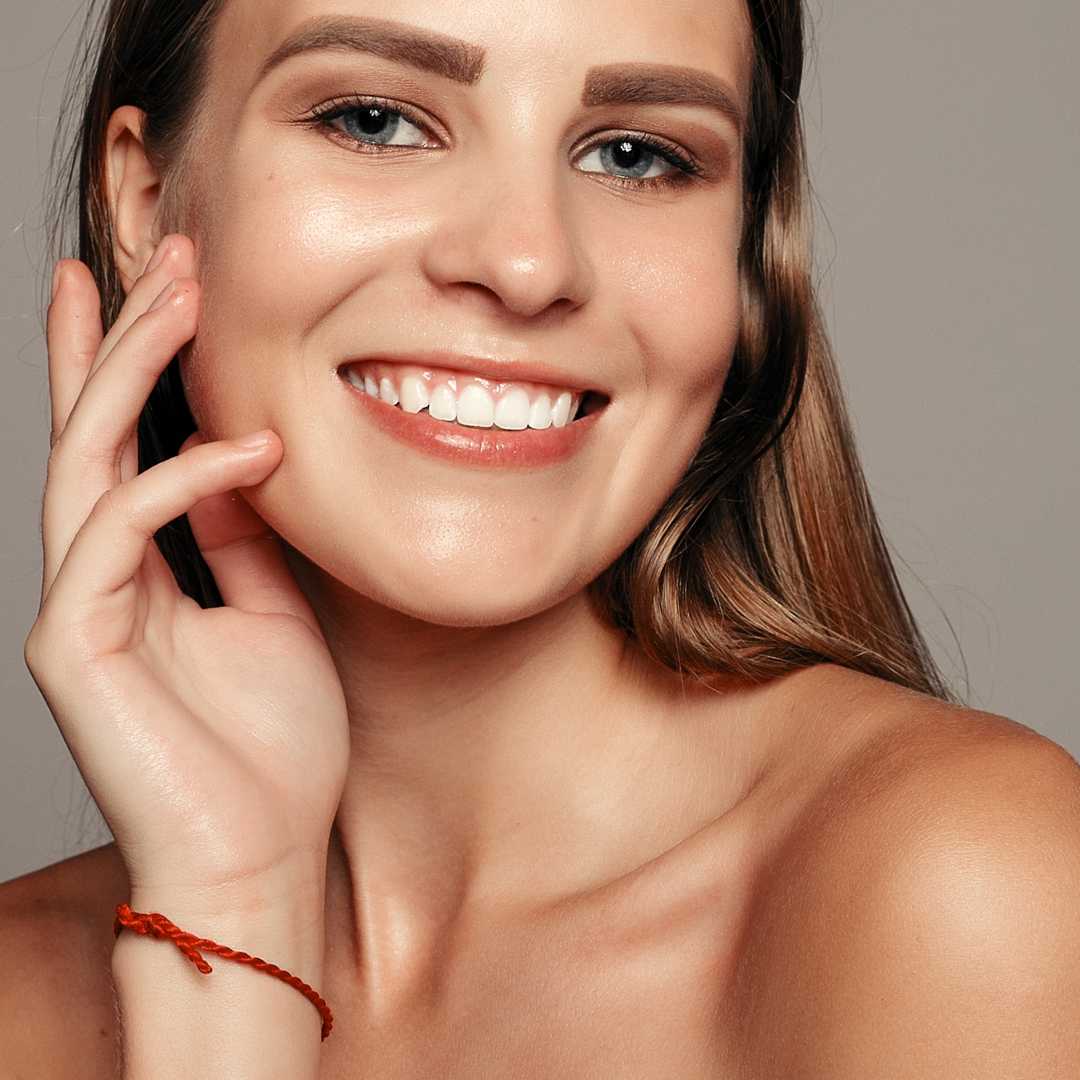
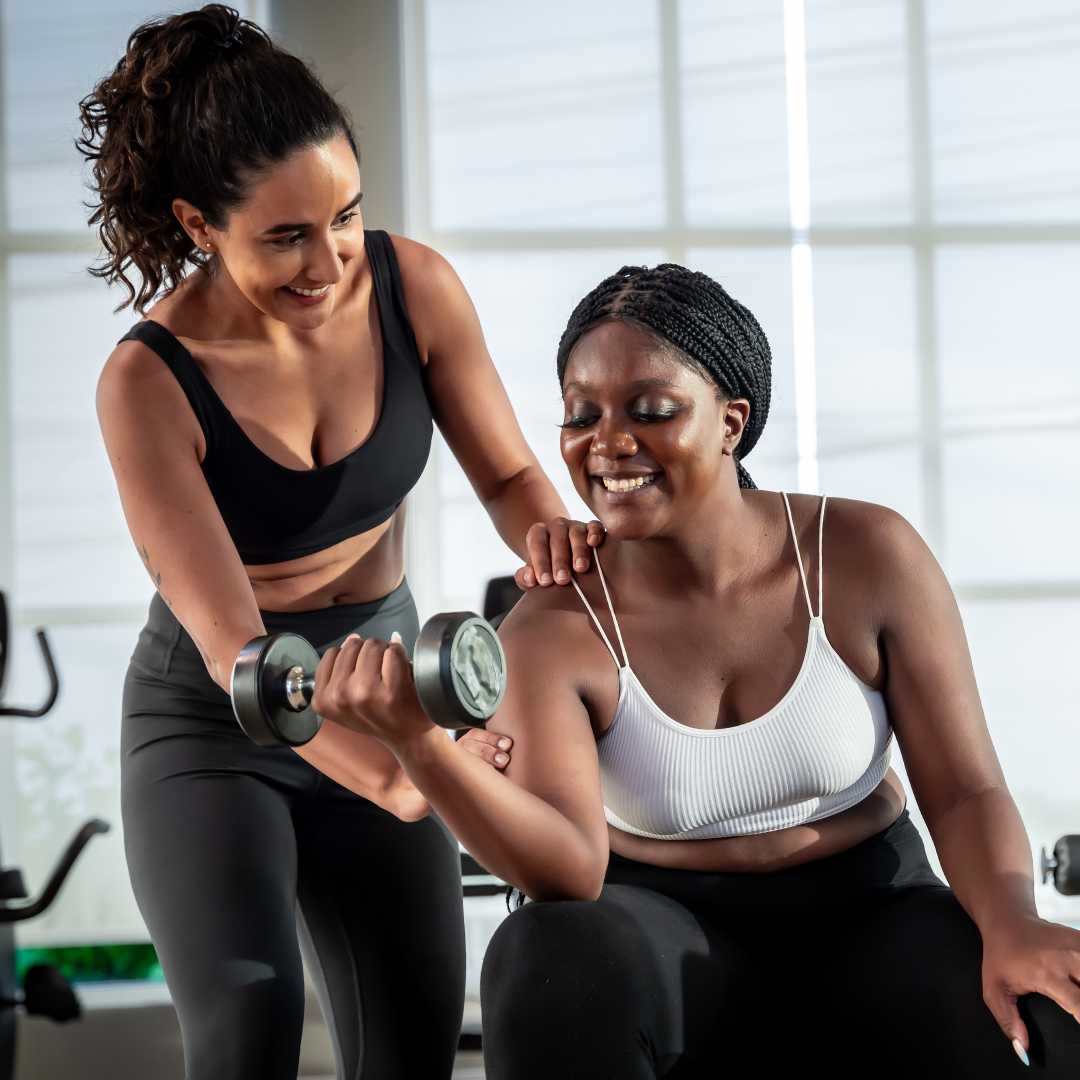
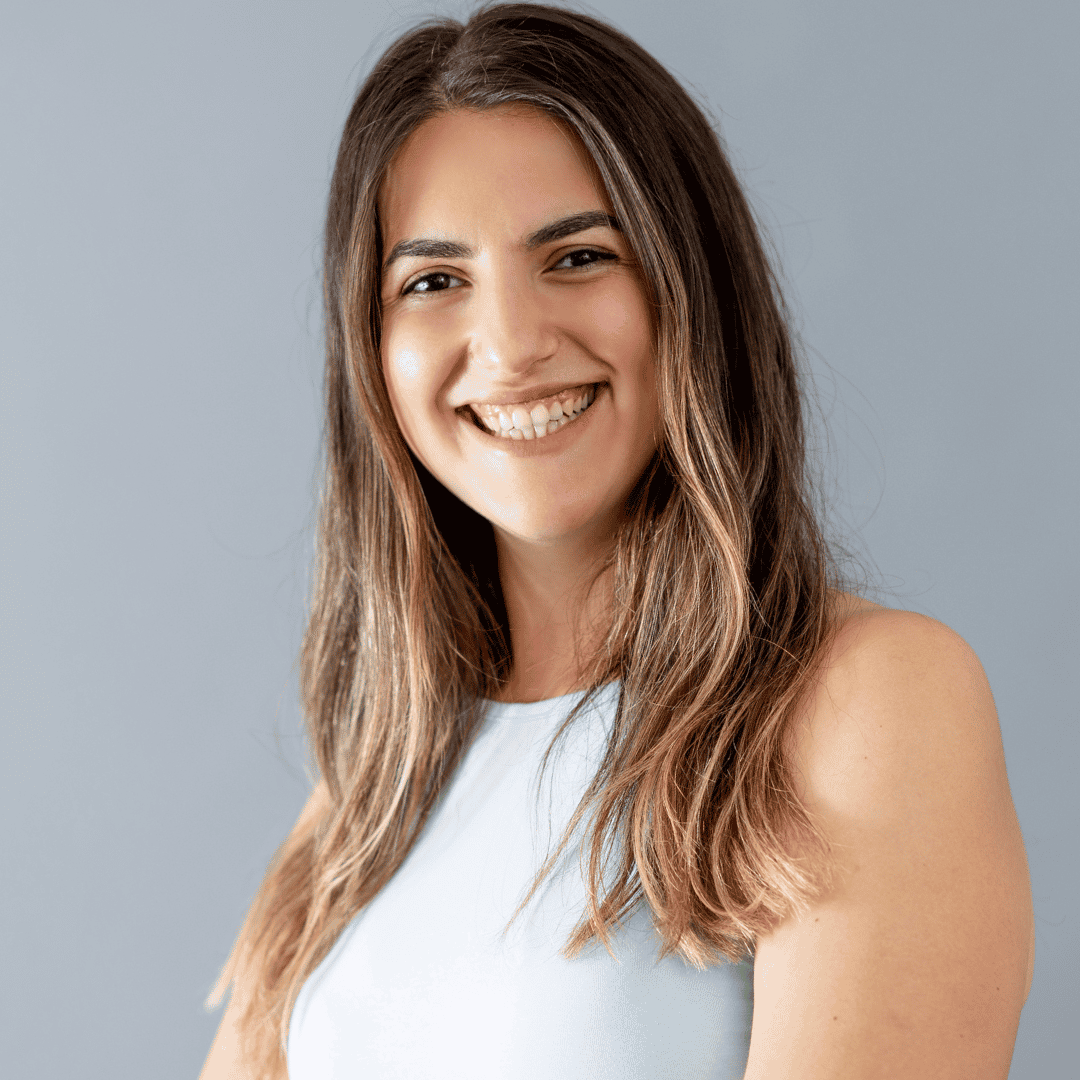
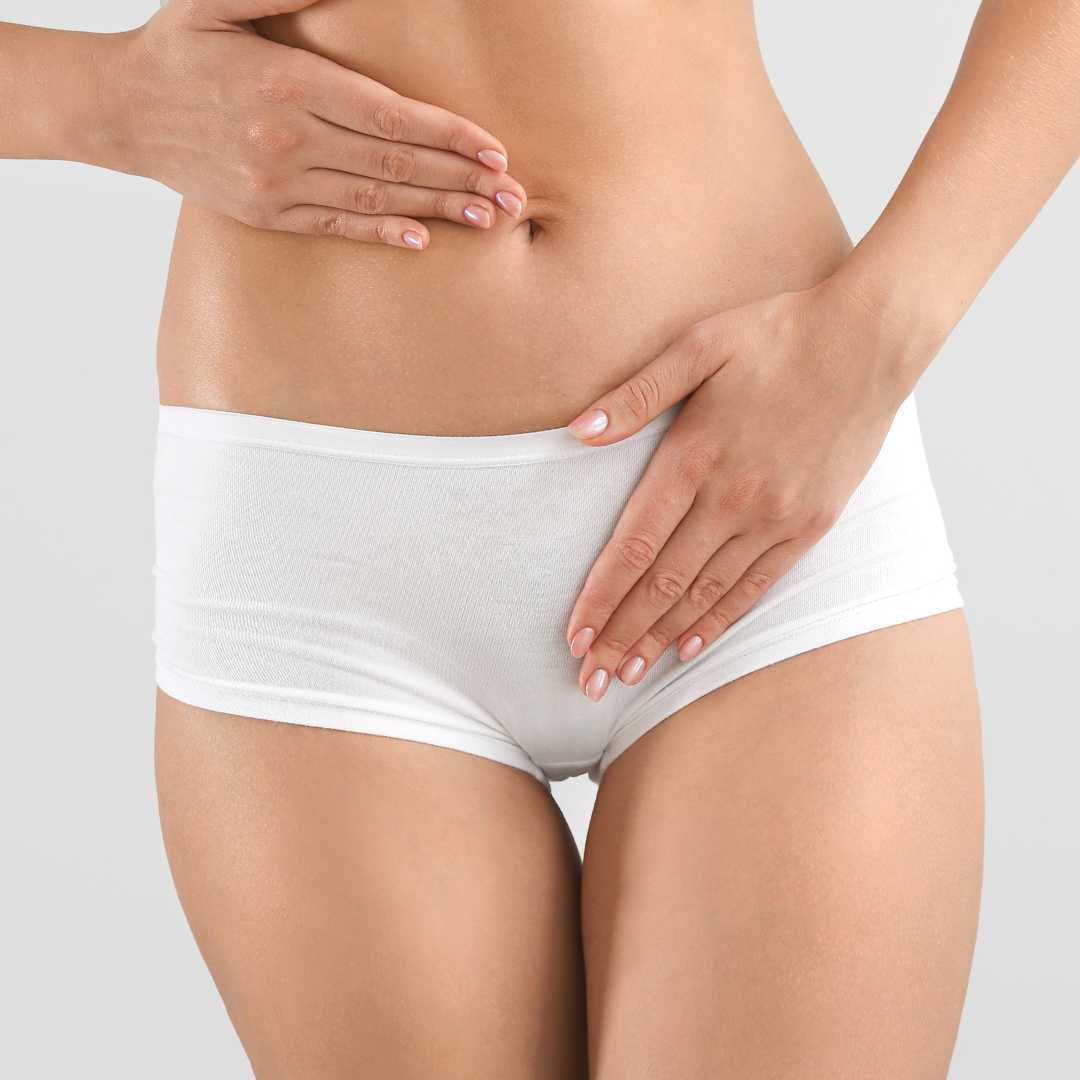


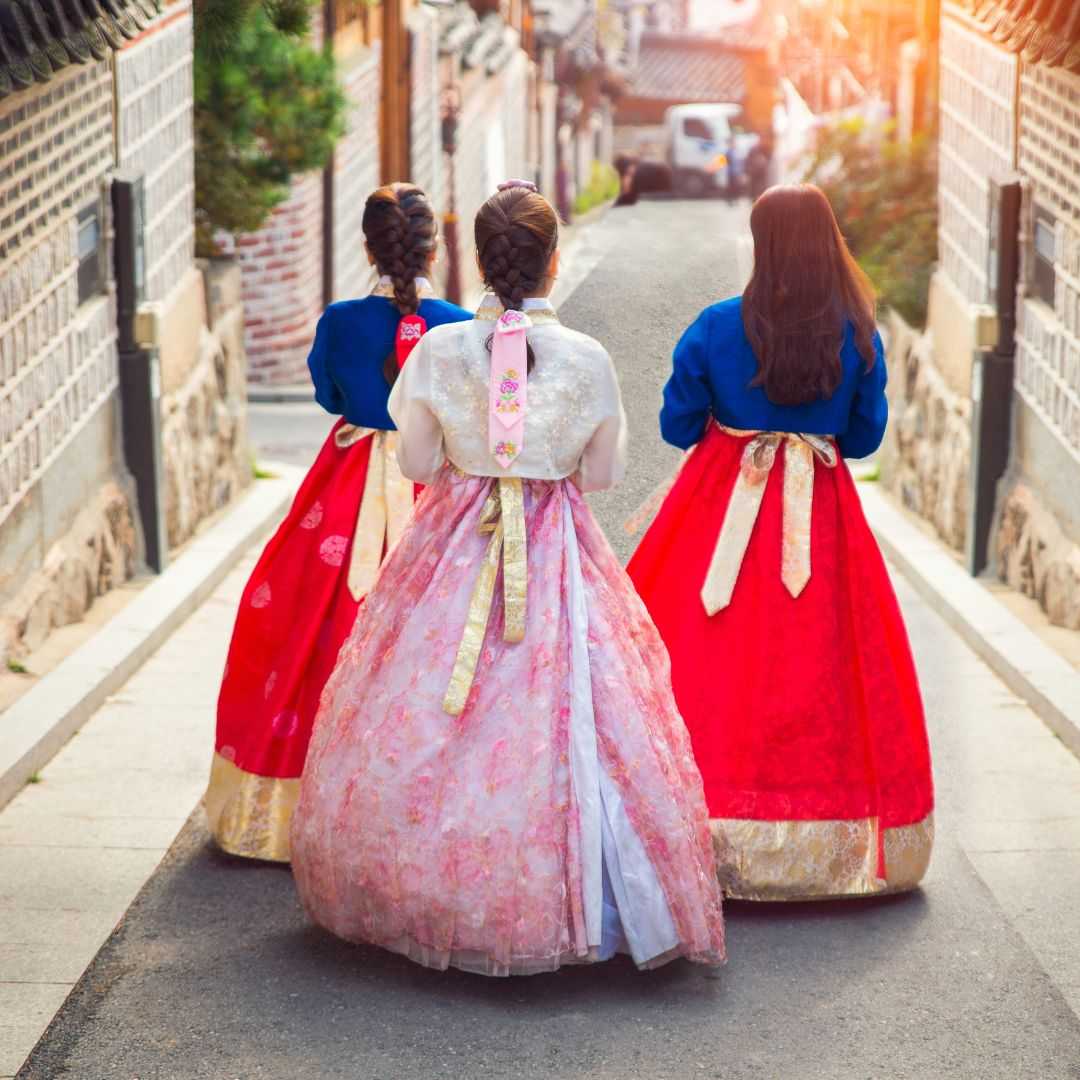
.png)
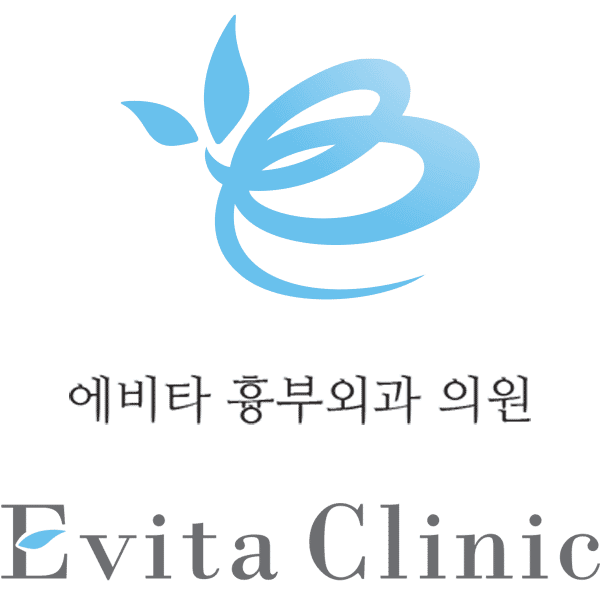
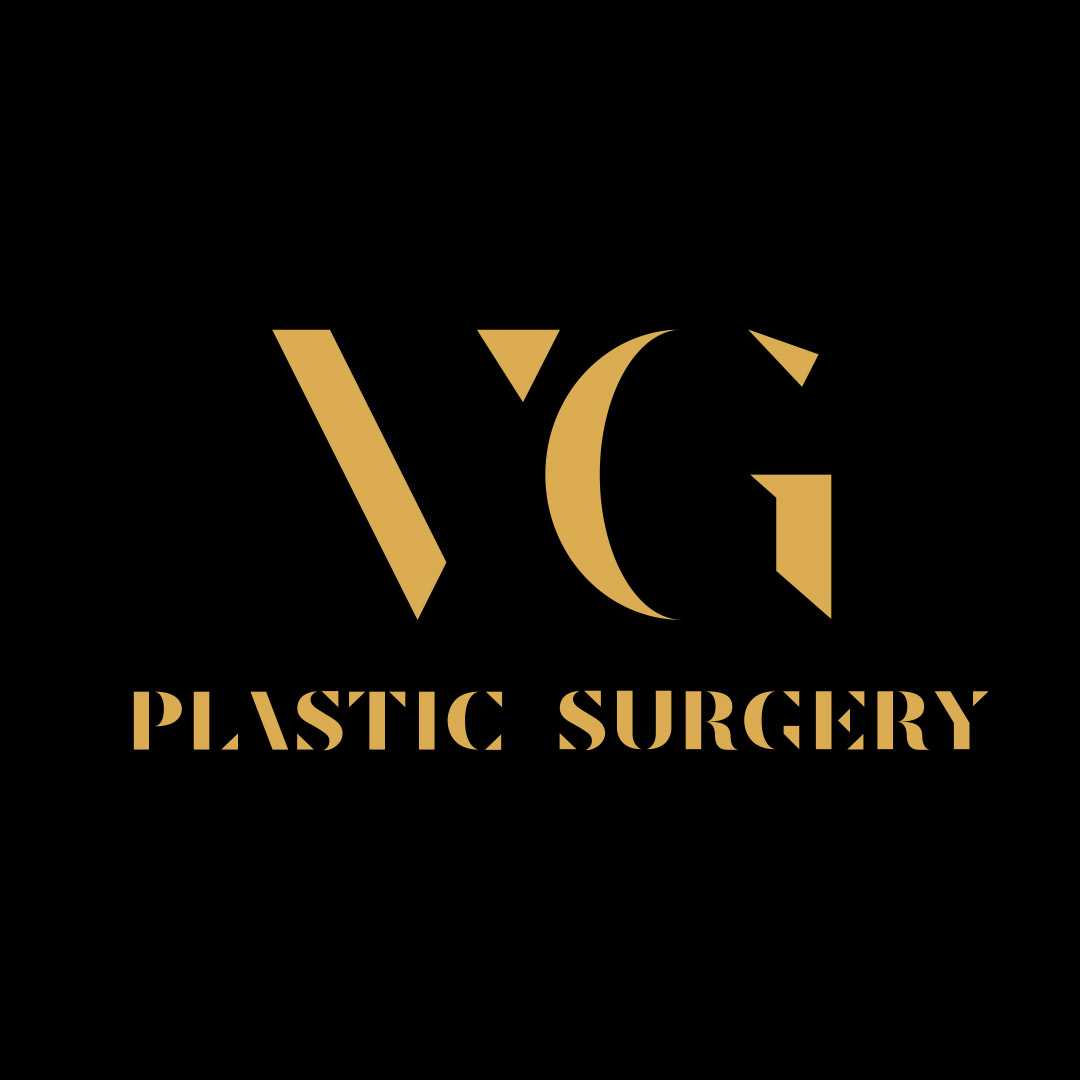
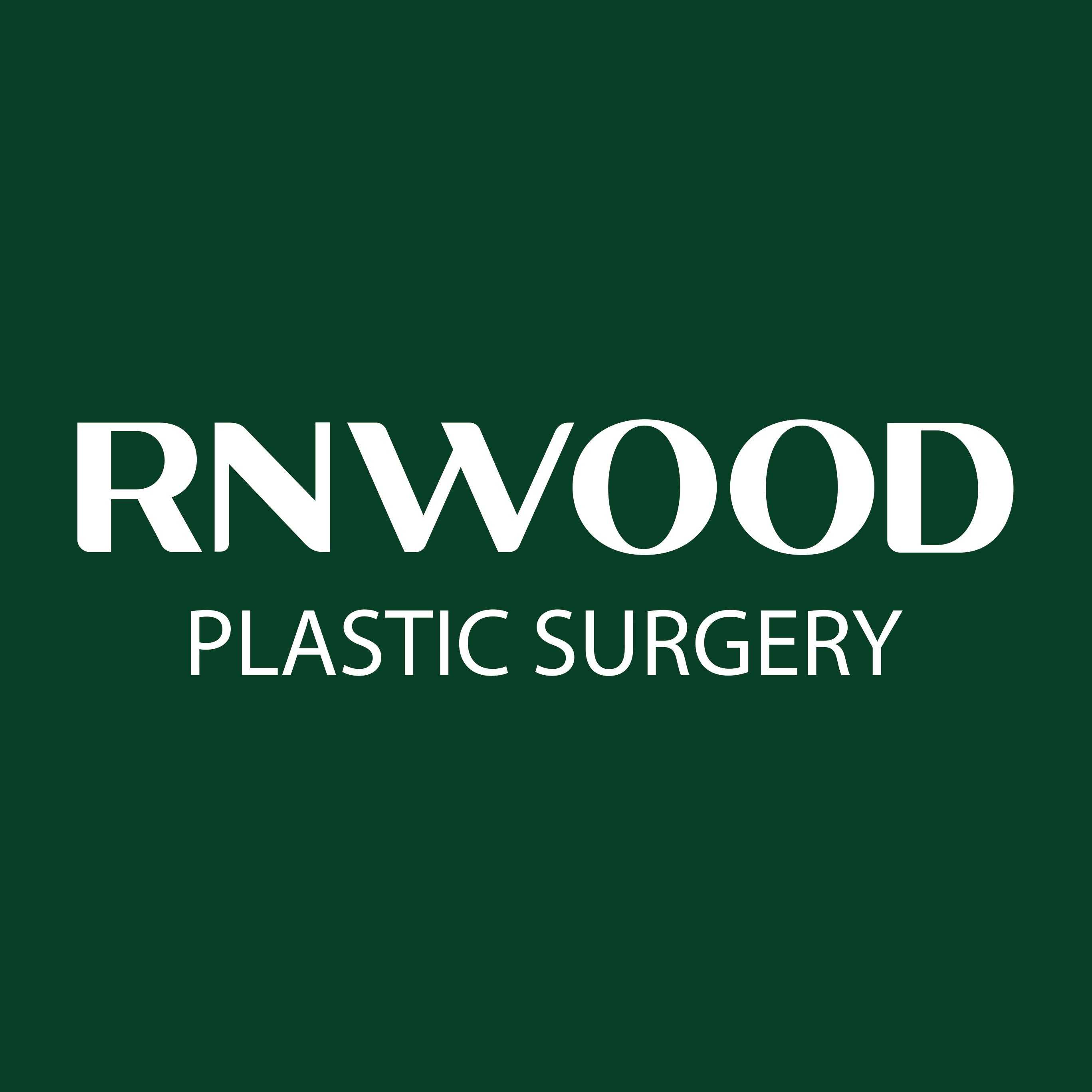
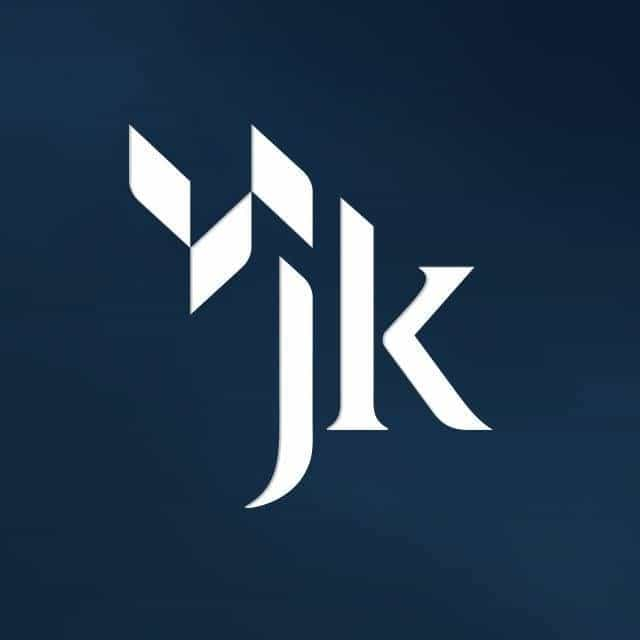
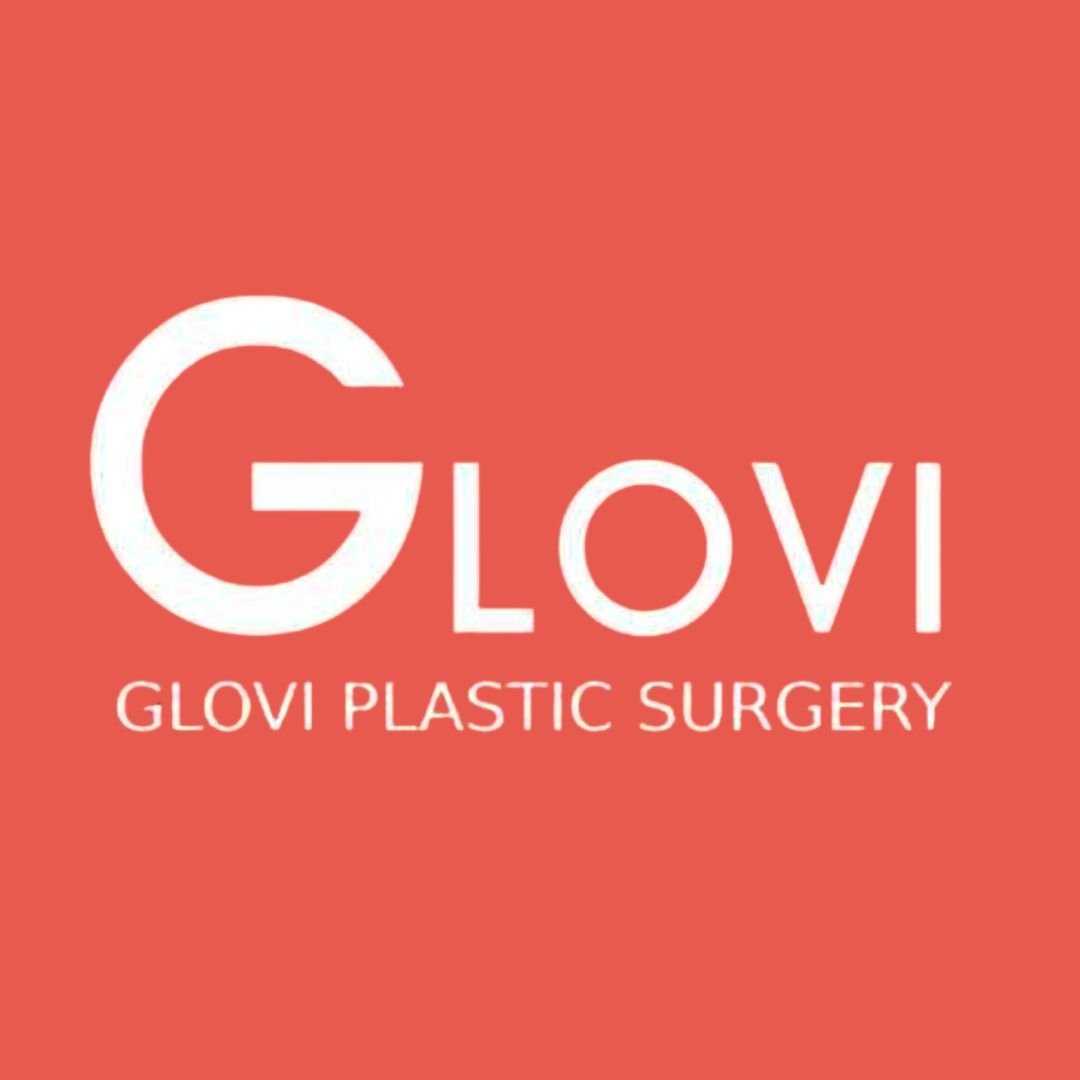

Share this listing